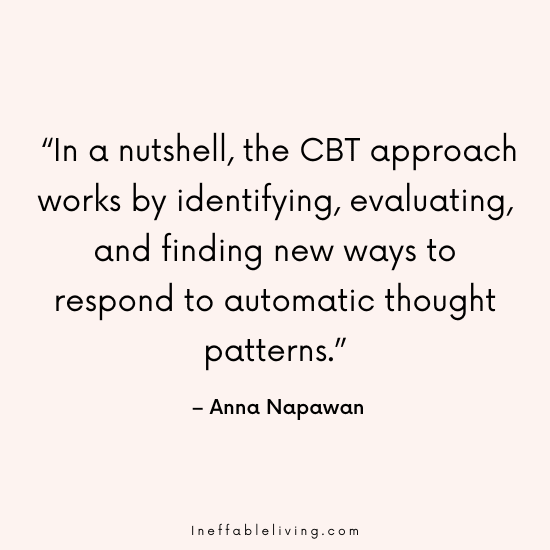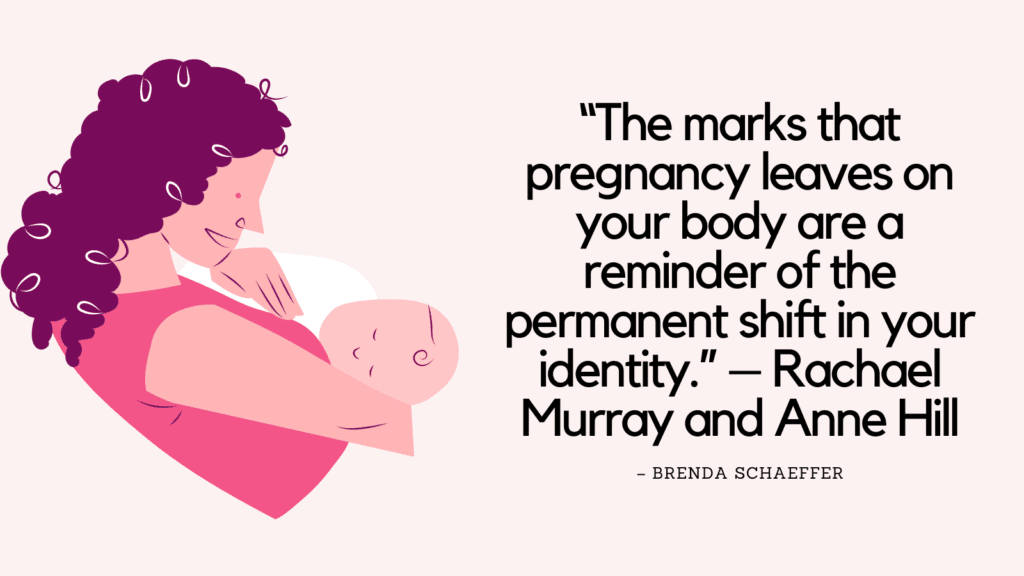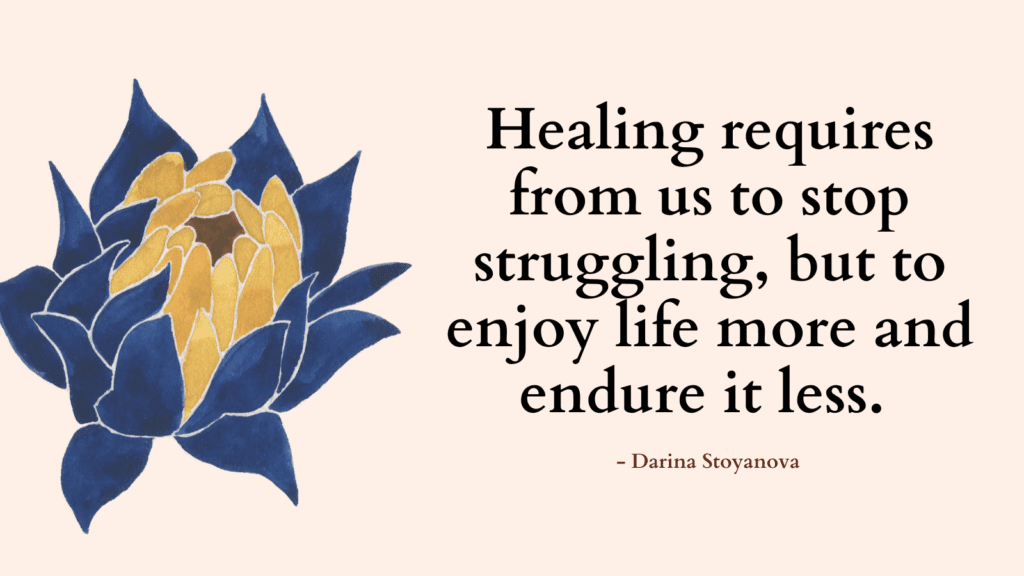This post contains some of the best CBT quotes.
What Is CBT?
CBT is based on the principle that thoughts influence feelings, feelings influence behaviors, and behaviors influence our life circumstances.
In other words, situations or other people don’t make us feel certain ways. It’s how we interpret situations or things people say or do that influences how we feel.
Related: CBT Worksheets Bundle (FREE PFD Download)
CBT Quotes
1. “Automatic thoughts are words or images that go through our head. Many of our automatic thoughts are about very ordinary things, such as I wonder if it will rain today? or Did I bring my shopping list? We don’t have strong emotional reactions to these kinds of thoughts, and in CBT we usually don’t pay much attention to them. In CBT, we are more interested in thoughts that are connected to strong negative feelings as well as those that are judgments about ourselves, others, or the future.” – Nina Josefowitz and David Myran
2. “CBT has become the evidence-based treatment of choice for a huge range of problems. It’s a practical, problem-solving type of psychological therapy.” – Katie d’Ath and Rob Willson
3. “CBT helps people understand their problems, and create solutions, by looking at the interaction between their thoughts (cognitions), emotions, behaviours and physiology.” – Katie d’Ath and Rob Willson
4. “CBT interventions aim to treat specific problems or symptoms. Some examples of CBT approaches include exposure therapy to counter phobias and fears; writing out thought records, an intervention used to identify negative thought patterns; scheduling activities, an intervention that can help enhance social engagement with others; successive approximation, by which we can achieve larger goals by breaking aspirations down into smaller steps; and progressive relaxation, which helps reduce stress.” – Anna Napawan
Related: FREE CBT Triangle Worksheet PDF Download
5. “CBT interventions apply across a lifetime in order to improve moods, address behaviors, enhance connections, and bring more positivity. As you continually develop, you may need to revisit and possibly adapt the CBT skills to your current goals and experiences.” – Anna Napawan
6. “CBT is a form of therapy that involves examining cognitions or perceptions and how these cognitions relate to patterns of behavior. CBT is structured, often short-term treatment that is goal-oriented and focused on addressing specific problems or symptoms.” – Anna Napawan
7. “CBT is a therapeutic intervention through which you examine your cognitions, or thoughts, and associated behaviors in order to consider the various outcomes.” – Anna Napawan
8. “CBT is an evidence-based approach to understanding and treating psychological problems. It is a structured, active form of therapy in which the client’s goals are set in the beginning and are addressed throughout therapy.” – Nina Josefowitz and David Myran
9. “CBT is based on the fundamental principle that how people understand the world, or how they think, influences how they feel, their physical reactions, and how they behave. This means that clients’ problems can be understood in terms of how their thoughts, feelings, physical reactions, and behavior interact and maintain their problems. Changing any one factor can lead to changes in the other factors.” – Nina Josefowitz and David Myran
Related: FREE Therapy Journal Template
10. “CBT is continually evolving, and third-wave CBT therapies, which represent both an extension of and deviation from traditional CBT, have emerged in recent years. These include metacognitive therapy (MCT), mindfulness-based cognitive therapy (MBCT), acceptance and commitment therapy (ACT) and dialectical behaviour therapy (DBT).” – Sarah Edelman
11. “CBT is effective in treating depression, anxiety, post-traumatic stress disorder, eating disorders, personality disorders, anger problems, and general stress.” – Anna Napawan
12. “CBT is not a toolbox of techniques to be thrown at a problem. Good CBT matches each aspect of the problem with a solution.” – Katie d’Ath and Rob Willson
13. “CBT offers very practical strategies and tools such as journaling, thought recording, activity scheduling, deep breathing, muscle relaxation, and use of imagery.” – Anna Napawan
14. “CBT skills are realistic and approachable and can be revisited throughout your lifetime. The interventions can be adjusted and tailored specifically to you. For instance, identifying, expressing, and coping with your emotions are key components of CBT, and yet these are skills we continually work on, no matter the age.” – Anna Napawan
Related: Top 10 Practical CBT Exercises For Generalized Anxiety Disorder Relief
15. “CBT techniques and methods are measurable, data-driven interventions, so it is possible to determine the effectiveness of this therapeutic approach. This approach is so measurable because interventions often focus on a specific action, allowing change to be tracked.” – Anna Napawan
16. “CBT techniques can address concerns to enable you to invite more happiness. The techniques can help you manage stress or combat cognitive distortions, for example. Cognitive distortions are ways in which our minds trick us; they are flawed, biased ways of thinking.” – Anna Napawan
17. “CBT is also a time-limited treatment and an endless procedure. CBT helps a patient to do their tasks and treatments while she is at home. During counseling sessions, the outcome of the task will be discussed and explained.” – Helen Campbell
18. “CBT therapists usually start with focusing on clients’ automatic thoughts and behavior, as this teaches clients basic CBT skills and can lead to fairly rapid improvement in clients’ behaviors and moods. Because core beliefs and underlying assumptions are connected to automatic thoughts, as clients change their automatic thoughts and behavior, often their core beliefs and underlying assumptions also start to change.” – Nina Josefowitz and David Myran
19. “Cognitive behavioral therapy (CBT) techniques will help you take on the mental blocks that influence how you perceive and experience the world. Your perceptions can be skewed or biased, which can result in you experiencing feelings of sadness, doubt, and isolation. By learning more about your perceptions and biases, you can begin to perceive things in a more balanced way. Doing so will enable you to have balanced experiences, which will make you feel happier.” – Anna Napawan
20. “Furthermore, CBT examines problems through five domains: situations, thoughts, emotions, physical feelings, and behaviors. These areas are intertwined, but you can begin to see which domains are being affected in a given experience and how they may influence your core beliefs or negative thoughts. By breaking problems down into these domains, CBT makes them more approachable, tangible, understandable, and easily targeted.” – Anna Napawan
21. “In a nutshell, the CBT approach works by identifying, evaluating, and finding new ways to respond to automatic thought patterns.” – Anna Napawan
Related: How To Stop Self-Critical Thoughts Using These Top 10 Techniques
22. “In CBT we refer to the thoughts we have in specific situations as automatic thoughts. Our automatic thoughts happen very quickly and are just below our conscious awareness. Thoughts are based on what a situation means to us, or our interpretation. For example, a man approaches you on the street and asks for directions. If your automatic thought is He is part of a pickpocket scam, you will also think, He’s dangerous; I want to get away. However, if your automatic thought is He’s a tourist, you may also think, How can I help him? I want to be friendly.” – Nina Josefowitz and David Myran
23. “In CBT, we see obstacles as opportunities for learning.” – Katie d’Ath and Rob Willson
24. “The underlying assumption of CBT is that thoughts create feelings, and changing the way we think can change the way we feel. A variety of methods and tools can be used in treatment, depending on the specific condition. Behavioural experiments, exposure exercises, cognitive reframing and arousal control strategies, such as progressive muscle relaxation and breathing exercises, have been a mainstay of CBT treatments for decades.” – Sarah Edelman
25. “The way we think determines the way we feel. This is a basic principle of cognitive behaviour therapy (CBT) – a psychological approach widely used by mental-health practitioners all over the world. We go through life assuming that our thoughts are truth – that we perceive things just as they are, and that our feelings are inevitable, given the situations in which we find ourselves. Other people, challenging life circumstances or our own inadequacies feel like the source of our unhappiness.” – Sarah Edelman
26. “While some CBT techniques help you examine cognitive distortions, other CBT techniques help you recognize faulty beliefs that impede problem solving; still other CBT interventions can help you investigate other automatic negative thoughts.” – Anna Napawan
Related: Best 10 Intrusive Thoughts Books
27. “Cognitive-behavioral therapy is a type of therapy used to treat everyday emotional or anxiety disorders psychologically. Since the 1980s, cognitive therapy or CBT has been successfully used to treat people with psychological disorders and help them live safe and fully productive lives.” – Helen Campbell
28. “Cognitive Behavior Therapy is, as the name suggests, a type of therapy used to address cognitive areas of a person’s well-being in a manner that eventually affects an individual’s behavior.” – Helen Campbell
29. “By modifying one’s cognitions, CBT hopes that one’s actions will be changed.” – Helen Campbell
30. “CBT indicates that a person experiences distorted thoughts that influence its behavior cause psychological impairment or distress. For example, if a person has an inherent fear or assumes that squirrels fall from trees, he will not like trees or walk near trees because he feels it will increase the chances of a squirrel falling over them.” – Helen Campbell
31. “CBT allows people to identify what thinking processes generate fears that interfere with their everyday lives. It also helps to make a person conscious of the actions arising from these wrong thinking processes.” – Helen Campbell
Related: What Causes Cognitive Distortions? (+Top 10 Common Cognitive Distortions & How To Challenge Them)
32. “CBT’s ultimate task is to help a person understand how the three components of thinking, action, and emotion interact and how they are affected by external forces.” – Helen Campbell
33. “CBT is a cognitive behavioral therapy acronym. CBT is in motion when a person analyzes, interprets, and controls his thoughts consciously. Because the thoughts and emotions are interwoven so near, the result is a more significant emotional influence. Everyone can benefit from learning how to use this approach in their process of thinking.” – Helen Campbell
34. “CBT starts when you become aware of your thoughts or values and know that, if you so choose, you can logically change it.” – Helen Campbell
35. “Cognitive behavior therapy is a form of expression or treatment for different forms of issues, including eating and sleeping issues, anxiety problems, dysfunctional emotions. CBT uses techniques and systems to address various types of behavioral and emotional disorders.” – Helen Campbell
Related: High Functioning Anxiety Test (& How To Support Anxiety Recovery)




